
The Great Gatsby’s Grand American Dream Began in Louisville
How this Kentucky city fueled the imagination of F. Scott Fitzgerald
It’s hard not to notice the majestic staircase at the Seelbach hotel in Louisville, which commands attention as the building’s centerpiece. Surrounded by marble walls, sparkling chandeliers, and gold balustrades and candelabras, the imposing steps lead up to more grandeur rooms. “It’s just a breathtaking view when you walk in,” says Larry Johnson, the hotel’s historian and master concierge. “We’ve got what they say is the most photographed staircase in the city of Louisville.”
A second staircase, which sits to the right of the lobby entrance, demands less attention. The half spiral leads downstairs, where a hallway, and six more steps take visitors to a bar that once operated as a speakeasy during Prohibition in the 1920s. This tucked-away room is called the Rathskeller.
The grand hotel and its secret bar are the kinds of places that likely would have impressed a fictional young man from the midwest named Jay Gatsby—and his real-life creator, F. Scott Fitzgerald. After all, both the central character of the novel The Great Gatsby and its author found a glimpse of a luxurious American lifestyle in Louisville.

Grand beaux-arts buildings made up the downtown in the early 20th century, crowned by chimneys, steeples, and ornate clock towers. Rows of black automobiles, a few horse-drawn carriages, and trolleys passed by storefront windows on their way to Churchill Downs for the Kentucky Derby. The surrounding neighborhoods had streets lined with leafy trees, blossoms, and mansions showcasing pointy turrets and thick columns.

Yet more than simply a collection of opulent buildings, Louisville in the 1910s and ‘20s displayed an upper-class social scene that was alluring and possibly attainable to both Fitzgerald and Gatsby. Though the book’s main plot takes place in New York, Gatsby chases an American fantasy that was first laid out before him in Louisville.
In the novel, the poor soldier Jay Gatsby is stationed at Camp Taylor in Kentucky, where he falls in love with Daisy Fay, “by far the most popular of all the young girls in Louisville.” Both she and the city impress him.
“Remember that Gatsby comes from nothing,” says James L. W. West III, Fitzgerald scholar and professor emeritus of English at Penn State. Where he came from, “Gatsby would never have seen residential areas and houses like this. And he probably would not have seen the kind of elaborate courtship customs that existed for young women in Daisy’s class of that time.”
But she breaks his heart when she marries wealthy Tom Buchanan in a wedding “with more pomp and circumstance than Louisville ever knew before,” as Fitzgerald writes. Gatsby becomes determined to win her back by gaining money and elevating his social status.

Fitzgerald often pulled from his own experience when writing his novels, and much of Gatsby’s backstory overlaps with moments from the author’s life. In real life, Fitzgerald joined the army and was also stationed at Camp Taylor in Louisville for one month in 1918 during WWI. He was later relocated to a few other bases, including Camp Sheridan near Montgomery, Alabama, where he met and fell in love with Zelda Sayre. Though he tried to marry her, Zelda called off their engagement, and Fitzgerald sought to earn enough money and reputation to win her back. The author successfully achieved this by publishing his instantly famous first novel and marrying Zelda one week later, while Gatsby turns to illegally bootlegging during Prohibition to gain his fortune in order to impress Daisy. His demise plays out on Long Island, where the author also lived in the 1920s amid fashionable society.
Though there are clearly some similarities, the differences between the author and main character are key. Fitzgerald met Zelda in Alabama, yet he decided to place Gatsby’s romance—and the seeds of his aspirations—in Louisville, pulling from his own memories of time spent there.
“Fitzgerald liked the South,” says West. “He had a real affinity for the weather and the people and the traditions and the elaborate society that he observed there. It was very different from Saint Paul, where he grew up. They didn’t have anything like the social customs and the formality that he would have found in Louisville.”

Much of that old opulence is still on display in the city today. Because the army transported troops via trains, both Gatsby and Fitzgerald would have first arrived in Louisville at the impressive Union Station, opened in 1891. The castle-like facade and historic interior welcomed newcomers to the city with a promise of more swank to come. On the first floor, visitors can now admire the many towers, vaulted ceilings, marble walls, iron balconies, and stained glass skylight that would have greeted writers and flappers alike. (The first floor is open to the public Monday through Friday, 8 a.m. to 5 p.m.)
Since Fitzgerald famously enjoyed spending nights out drinking, he quickly made his way to the city’s many bourbon-filled bars. According to West, at least one of Fitzgerald’s many handwritten letters describes carousing with fellow officers at the bar of the Seelbach.
In fact, the Seelbach hotel left such an impression on Fitzgerald that he wrote it into the book, citing it as the place where Daisy and Tom had their grand wedding and rented out an entire floor. The first edition of the book accidentally printed “Muhlbach hotel,” but West explains that Fitzgerald crossed this out and wrote “Seelbach” in his own copy, which was corrected in subsequent editions.

The Seelbach has had two bars open since 1908, one called The Stables (now the Old Seelbach Bar) on the lobby level and one called the Rathskeller Room downstairs. Guests today don’t need to imagine the former splendour of the Rathskeller, since much of it is preserved. “The room is just fantastic. It’s my favorite room of the whole hotel,” says Johnson, the hotel historian. Tiffany glass windows, a (gold painted) leather-canvas ceiling with gold etchings, a long oak bar, and Rookwood pottery tiles all make for a welcoming setting for indulging in some hooch or giggle water.
Though we don’t have records of what other Louisville bars or establishments Fitzgerald visited in 1918, it’s highly probable that he would have come across the famous Whiskey Row, which is still an in-demand destination for visitors and locals today. “It would have been roaring at that point in 1918,” says Rick Bell, a Louisville historian who formerly worked at the Filson Historical Society.
One distillery that was in operation during Fitzgerald’s time is Old Forester, which served whiskey on Main Street until 1919. The distillery continued to serve alcohol throughout Prohibition thanks to receiving a rare federal license to distribute the drink for medicinal purposes, though they moved their headquarters. Old Forester then returned to its original premises on Whiskey Row in 2018, so patrons can once again drink in the very same building where an imagined Gatsby could have sat during his time at Camp Taylor.

From here, we can only look to places that were around during World War I to imagine what Fitzgerald might have seen. For example, the literary writer may have been tempted to visit a sanctuary of books at the Louisville Main Library, which opened in 1908 as the city’s first free library. The imposing building still stands today, with its white steps, majestic columns, and stacks of literature, including copies of The Great Gatsby and its movie counterpart for borrowing. In fact, it’s less than half a mile from the Seelbach Hotel, which could explain this line from the novel and Fitzgerald’s time in Louisville - “I’ve been drunk for about a week now, and I thought it might sober me up to sit in a library.”
And surely Fitzgerald would have been aware of the Kentucky Derby, which has been held every year at Churchill Downs since 1875. The Derby takes place in May annually, and arrangements typically start in September the previous year, meaning preparations would have been in full swing by March when Fitzgerald was roaming the town. In fact, many of the roaring parties surrounding the Derby start as early as March, according to Bell. “It’s an intense social event,” he says. “There are parties every hour.”

“The millionaires would bring their private rail cars for the Derby. It became a village of the wealthiest people in America,” adds Bell. “So there was a lot of social interchange, especially around the Derby racetrack season, with a lot of big, big parties, the kind of parties you associate with Gatsby.” If visitors find themselves in Louisville outside of Derby season, Churchill Downs offers tours; a museum with 20,000 Derby artifacts and over 170 bourbons on offer; as well as numerous other events throughout the year, including films and Gatsby-themed events with a 1920s dress code.
Other haunts could have shaped the world that Gatsby and Daisy would have meandered while “revisiting the out-of-the-way places to which they had driven in her white car” during Gatsby’s last “irresistible journey to Louisville” in the novel. Cherokee Park was sculpted in 1891 by Frederick Law Olmsted, along with Iroquois and Shawnee parks. Full of characteristic stone steps, bridges, and paths winding through dense foliage, Cherokee Park offers the most timeless escape to another era. The green woodlands abut the Cherokee Triangle and the Highlands neighborhoods, which are full of mansions like the kind Daisy would have lived in and are ideal for a stroll. The Cherokee golf course, opened in 1895, would have been a regular playing spot for Daisy’s best friend Jordan Baker.

If you take a walk along Main Street and Jefferson Street downtown, or pretty much anywhere in Old Louisville, you’ll see rows of old buildings that Fitzgerald saw. In addition to City Hall and courthouses, you might pass the Levy Brothers Building, which now houses the Old Spaghetti Factory restaurant. Or check out the Louisville Gardens, once a military armory with current plans to be revamped into a soundstage for film and television production. Go out of your way to an abandoned hospital once used to treat tuberculosis patients in the 1910s and 20s, which now offers haunted tours. Or ride the Belle of Louisville steamboat, which has been cruising down America’s waterways since 1914.
Most importantly, transport yourself a hundred years back by attending a raucous event or party, or at least grab yourself a drink in the city. It’s surely what both the author and fictional character would have done. “If I see people walking through the lobby with a drink in their hand,” says Johnson, “I say, Go down to the bar. Have your picture taken and you can act like you’re drinking there with F. Scott Fitzgerald or Jay Gatsby.”

In partnership with Louisville Tourism


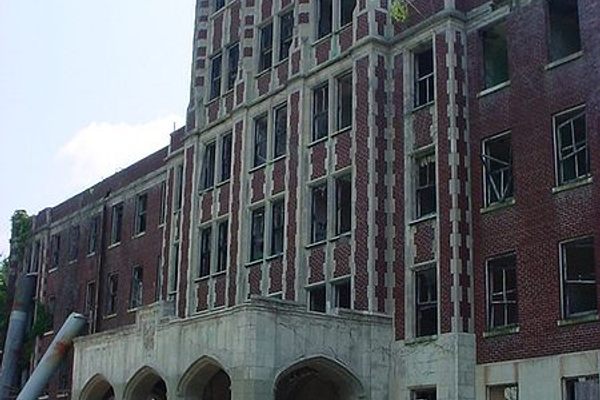
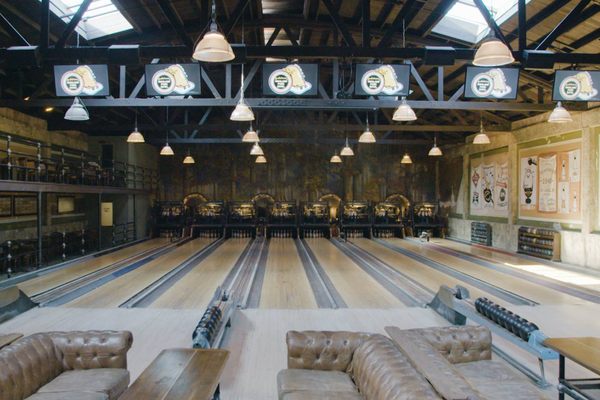


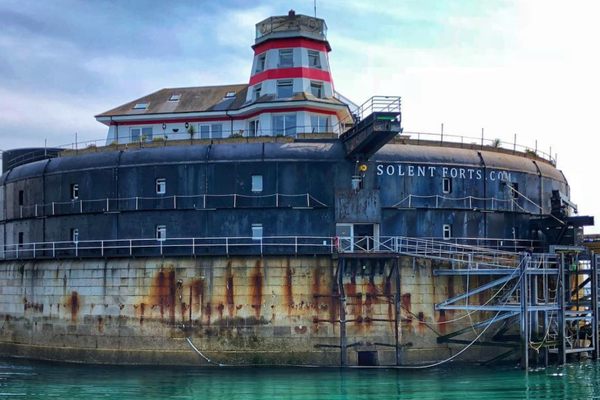
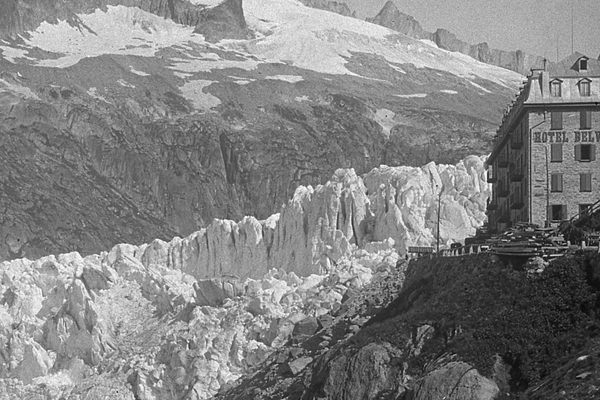

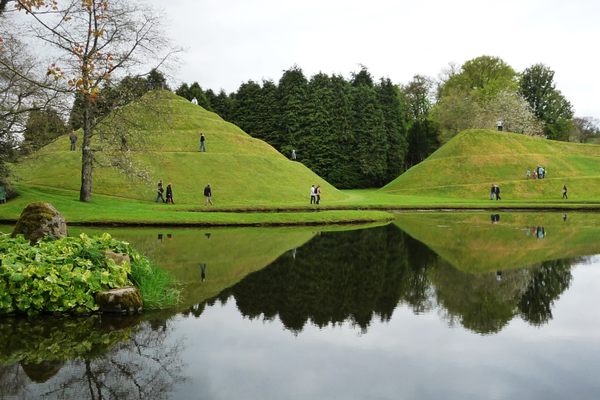

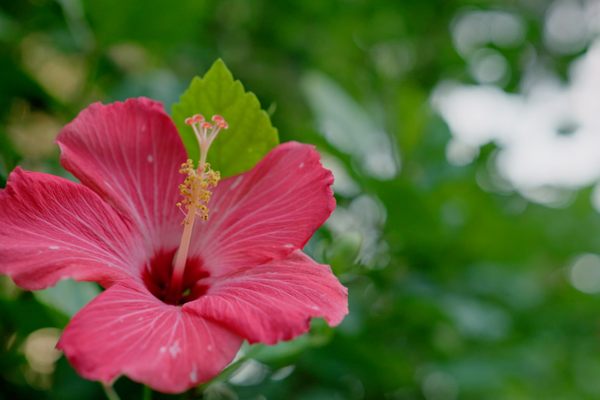
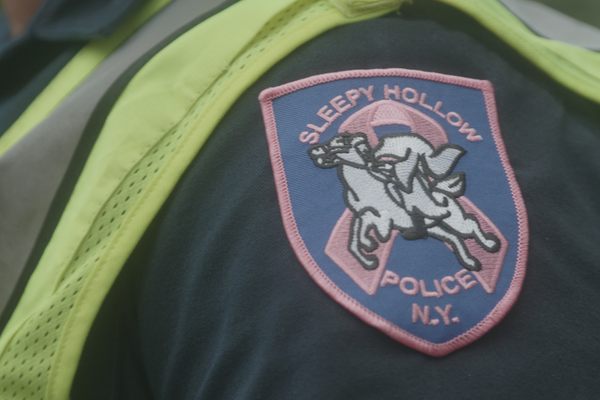
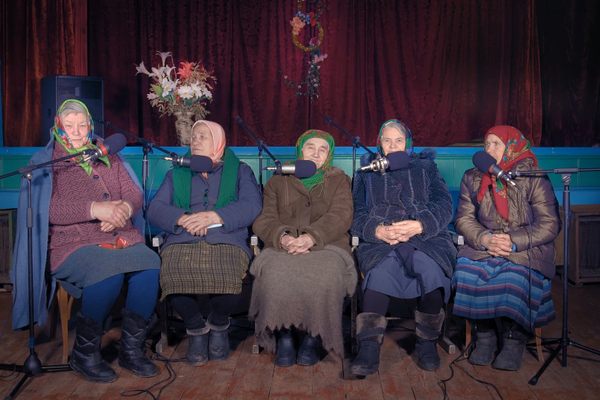
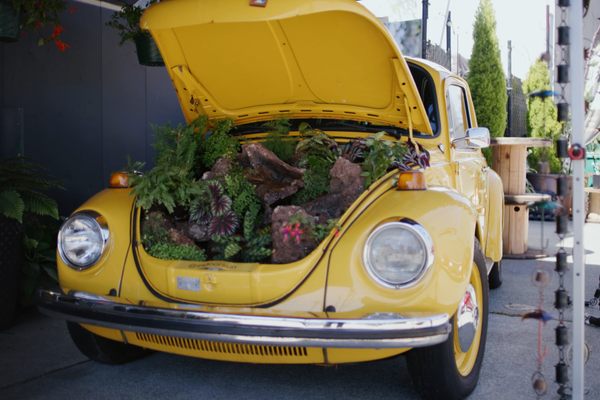

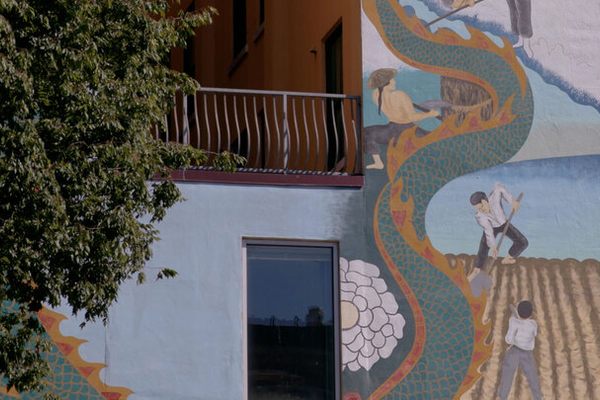




Follow us on Twitter to get the latest on the world's hidden wonders.
Like us on Facebook to get the latest on the world's hidden wonders.
Follow us on Twitter Like us on Facebook